Advertisement
As reported in Politico:
"Originally, TARP was intended, Barofsky writes, to facilitate 'the purchase, management, and sale of up to $700 billion of toxic assets, primarily troubled mortgages and mortgage-backed securities.'
"But that plan was soon rejected, and the TARP instead became a grab bag of bailout initiatives, including bailouts for GM, Chrysler and auto parts suppliers as the federal government struggled in real time to contain a spiraling economic disaster.
"Barofsky reports that TARP has come to include 12 separate programs that include a total of as much as $3 trillion, 'including TARP funds, loans and guarantees from other agencies, and private money.'
"Barofsky’s calculation of a $23 trillion figure took into account a wide-ranging group of federal programs set up by disparate agencies within the federal bureaucracy.
"The special inspector general counted approximately 50 initiatives or programs launched since 2007 to fight the economic collapse."
What's worse is that these non-TARP activities cost more than TARP itself and do not require Congressional approval. And, the Treasury Department continues to reject efforts to let the American people know how and where and why their money is being spent. As Barofsky has said, “[Treasury] has repeatedly failed to adopt recommendations that SIGTARP believes are essential to providing basic transparency and fulfill Treasury’s stated commitment to implement TARP ‘with the highest degree of accountability and transparency possible.
Recommended
Advertisement
Of course, even if Treasury won’t open up the books to the people, there are other ways for you to find out what’s happening with your money. For instance, the Hill newspaper points out that "auto companies and eight of the country’s biggest banks that received tens of billions of dollars in federal bailout money spent more than $20 million on lobbying Washington lawmakers in the first half of this year….Six of the eight banks spent more to try to sway lawmakers in the first half of 2009 than over the same period in 2008, before the worst of the financial crisis took hold.”
At least lobbying disclosures give us a sneak peek into how the bailed out are spending their money. Sadly, lobbying is not what Americans had in mind when their hard-earned money was put on the line.


















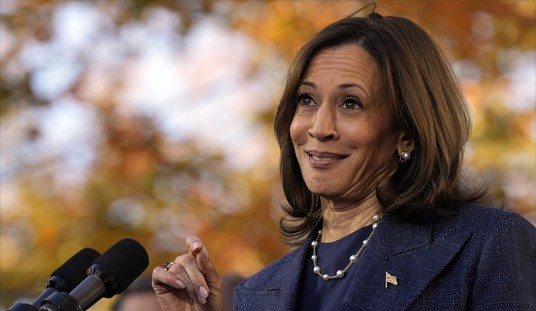


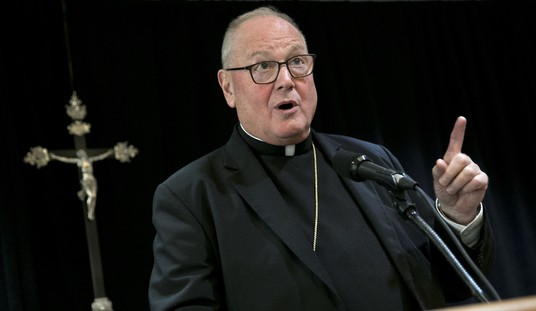
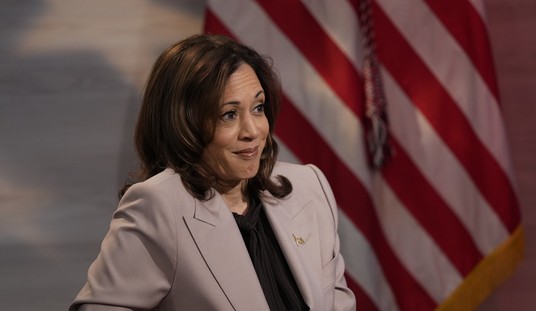
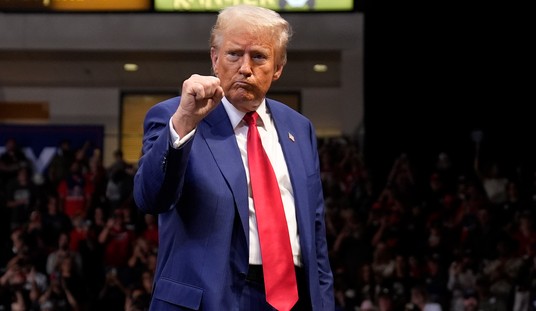
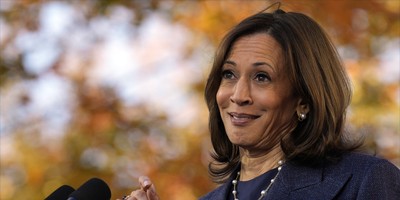
Join the conversation as a VIP Member